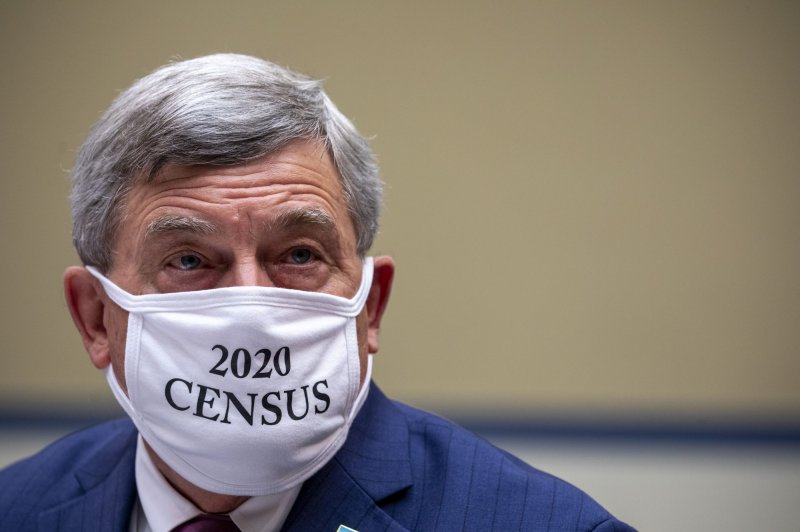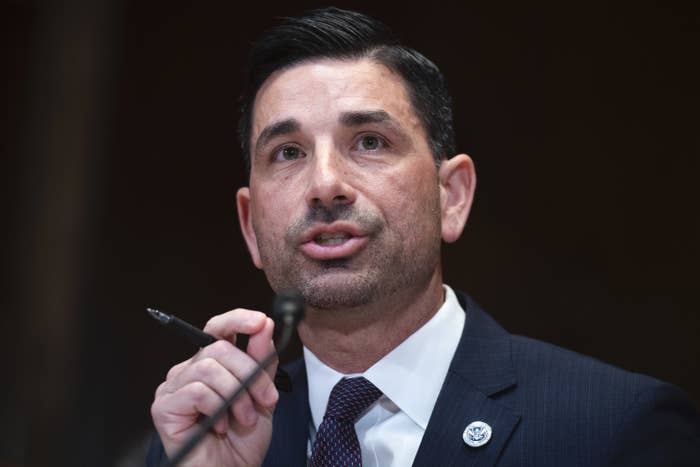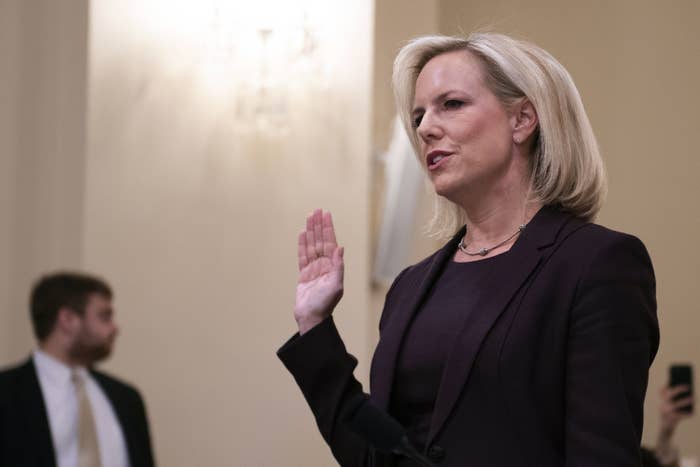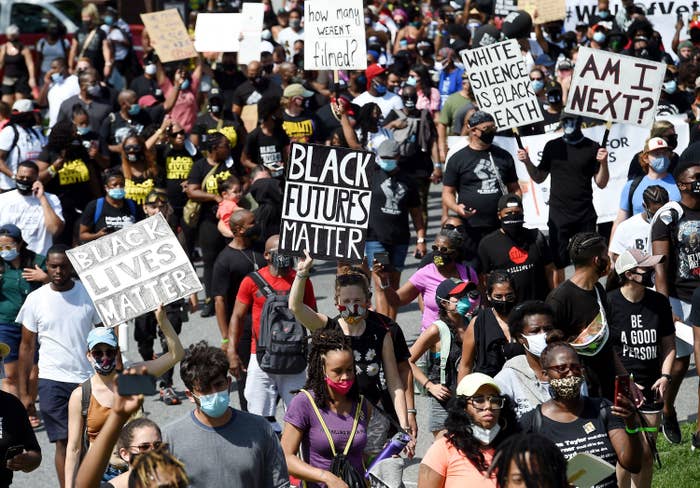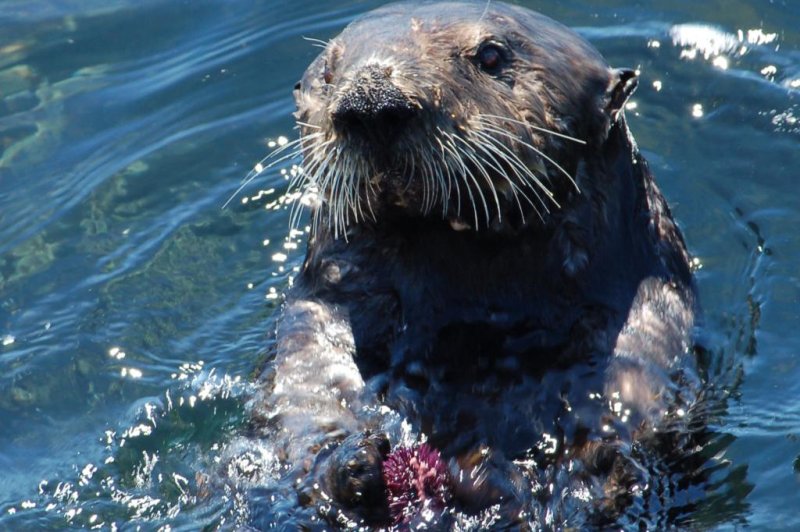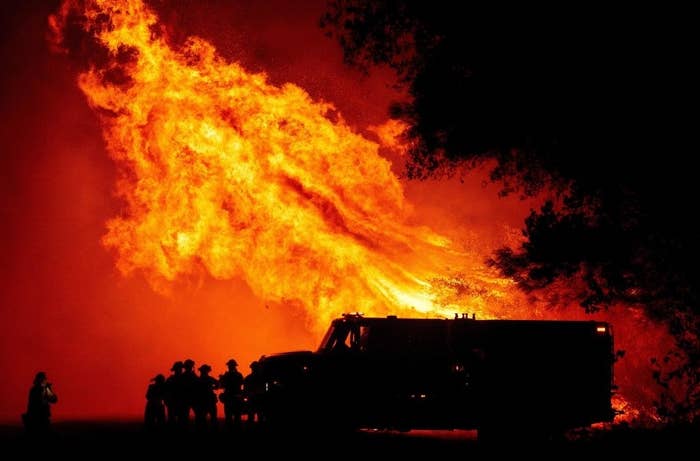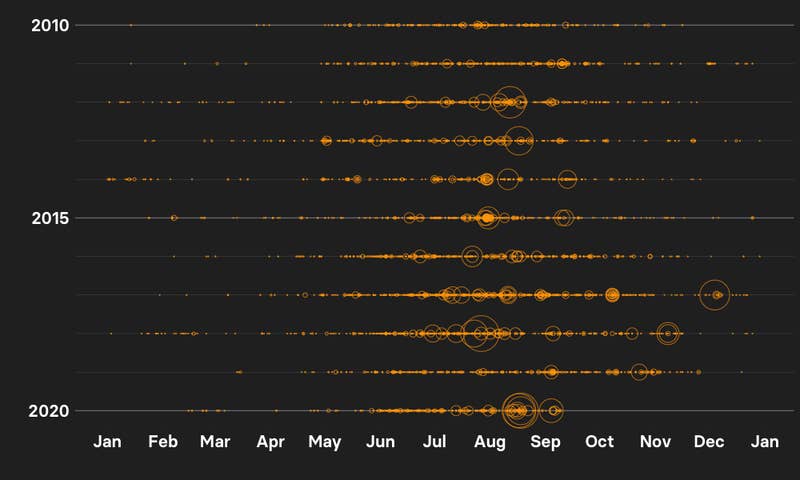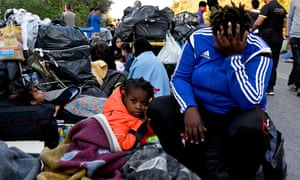The US Sanctioned One Of Rudy Giuliani’s Ukrainian Allies For Election Interference
Andriy Derkach has helped Rudy Giuliani, Donald Trump’s personal lawyer, with his campaign to discredit Joe Biden.

Chip Somodevilla / Getty Images
Rudy Giuliani
The Trump administration on Thursday blacklisted four Russia-linked individuals for attempting to influence the US election, including a Ukrainian lawmaker it called “an active Russian agent” who has helped Rudy Giuliani dig up dirt on Joe Biden.
The sanctions come amid growing warnings from US intelligence services about Russia’s efforts to meddle in the upcoming presidential election, but also as President Donald Trump continues to downplay the Kremlin’s activities aimed at America.
The biggest name added to the list is that of Andriy Derkach, a member of the Ukrainian Parliament, who the Treasury Department said in a statement “has been an active Russian agent for over a decade, maintaining close connections with the Russian Intelligence Services.”
Derkach is part of a ragtag group of Ukrainian operatives working with Giuliani and hoping to help congressional Republicans surface damaging details about Biden and his family ahead of the election to benefit Trump.
“Derkach and other Russian agents employ manipulation and deceit to attempt to influence elections in the United States and elsewhere around the world,” Treasury Secretary Steven Mnuchin said in the statement. “The United States will continue to use all the tools at its disposal to counter these Russian disinformation campaigns and uphold the integrity of our election system.”
Secretary of State Mike Pompeo said Thursday that Derkach "maintains close ties to Russian intelligence and sought to influence the views of American voters through a Russian-directed covert influence campaign centered on manipulating the American political process to advance Russia’s malign interests in Ukraine. This operation was designed to culminate prior to Election Day."
In a statement sent to BuzzFeed News, Derkach called the US move to sanction him "revenge" by Biden's "deep state associates" and "a preventative response" to a press conference he said he will hold early next week where he said he plans to reveal "Dem[ocrat] corruption."
"Revenge is an integral part of their regular activities against Ukrainian investigators, journalists, experts who reveal more and more new schemes of international corruption," Derkach said.
"Such information from the US Treasury Department opens up the opportunity for me to defend my interests in the legal field — in court," he added.
Over the past few months, Derkach has released several audio tapes that purport to capture phone conversations between Biden and former Ukrainian president Petro Poroshenko while the two were in office. The recordings have done nothing to substantiate, let alone advance, the accusations from Trump, Giuliani, and Republicans that Biden abused his power in Ukraine.
In July, Derkach said what he has released so far is “really only a small part of the vast volume of records” and that all of it has been “transferred to Ukrainian and American law enforcement agencies.”
Derkach also said he had sent materials to Senate Republicans investigating alleged Ukrainian interference in the 2016 election, a right-wing conspiracy theory that has been debunked.
The office of Sen. Ron Johnson, who leads the Senate Homeland Security Committee heading the Biden investigation, has denied receiving materials from Derkach.
The Treasury Department suggested Derkach’s actions amounted to an attempt to undermine the November election. It said the designation of Derkach was focused on exposing malign influence campaigns from Russia and protecting the upcoming elections from foreign interference.
“This action is a clear signal to Moscow and its proxies that this activity will not be tolerated,” the department’s statement read.
Derkach was schooled at a KGB academy in Moscow. He became a Ukrainian lawmaker and is remembered for voting for a Kremlin-like set of anti-protest laws that passed during the country’s pro-democracy revolution in 2014. In an interview with BuzzFeed News in July, he denied working for Russia and interfering in the US election.
Derkach was mentioned in a statement from William Evanina, director of the National Counterintelligence and Security Center, in August about Russia using a range of measures to primarily denigrate Biden and what the country sees as an anti-Russia “establishment.”
“Derkach is spreading claims about corruption — including through publicizing leaked phone calls — to undermine former Vice President Biden’s candidacy and the Democratic Party,” Evanina said.
The Treasury Department on Thursday also sanctioned three Russian nationals: Artem Lifshits, Anton Andreyev, and Darya Aslanova — all residents of St. Petersburg.
It named them as employees of the Kremlin-linked Internet Research Agency — an operation linked to Russian oligarch Yevgeny Prigozhin, an ally of President Vladimir Putin's — and said they supported the IRA’s cryptocurrency accounts.
“The IRA uses cryptocurrency to fund activities in furtherance of their ongoing malign influence operations around the world,” the statement said.
UPDATE
September 10, 2020, at 12:37 p.m.
This story was updated with a comment from Andriy Derkach.
UPDATE
September 10, 2020, at 11:51 a.m.
This story was updated with a statement from Mike Pompeo.
Ukrainian Operatives Are Gearing Up Again To Take On The Bidens. They Say They Have Giuliani And Republicans On Their Side.

Christopher Miller is a Kyiv-based American journalist and editor.

